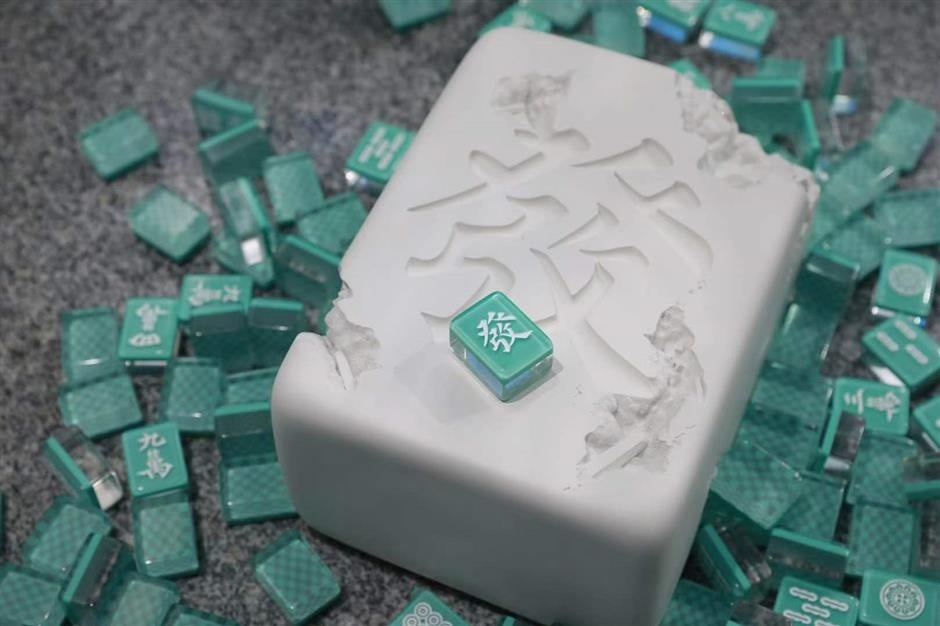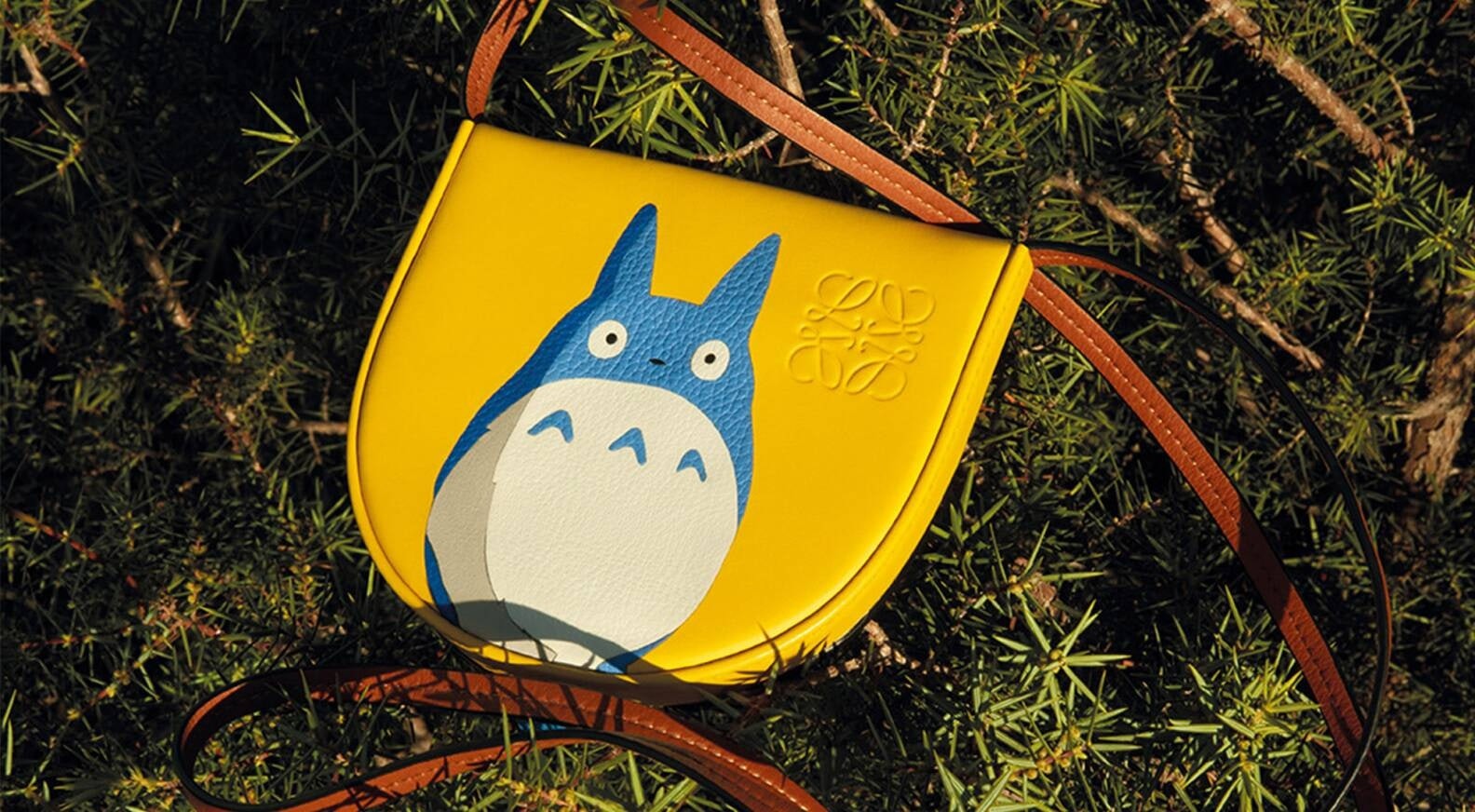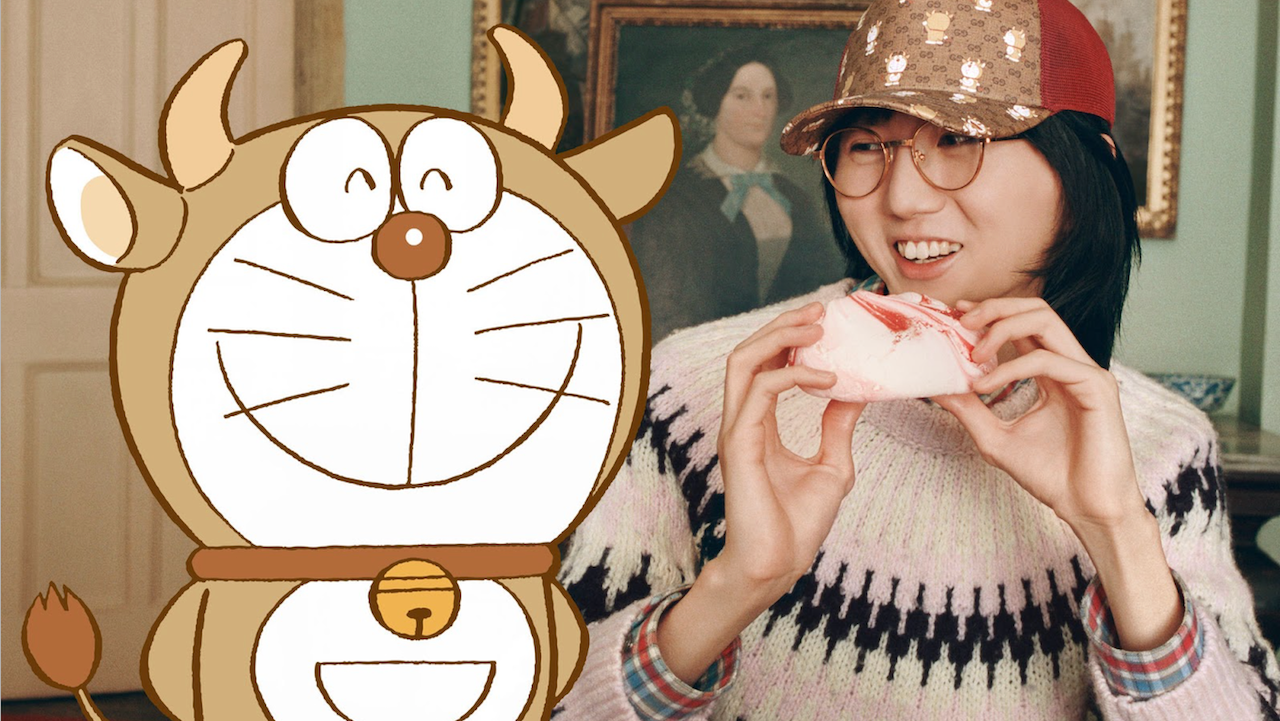In this five-part series, Jing Daily looks into the lessons that every brand should learn from the evolution of content commerce in China since the start of the Covid-19 pandemic in early 2020. If you missed Part One of the series, you can give that a read here, and check out Part Two, Part Three, and Part Four.
Strategy 5: Cultural Cues#
Inundated by advertisements on a daily basis, Chinese consumers have grown numb to traditional marketing strategies and messaging. Advertisements featuring glamorous international celebrities are less relevant, while brands that are sensitive to the cultural cues and themes that resonate in China stand a better chance of appealing to consumers. Since taking office in 2013, President Xi Jinping has emphasized nationalist rhetoric and championed domestic brands, fueling the rise of “national trend” (guochao, 国潮) products and “cultural creations” (wenchuang, 文创), presenting global brands with both a challenge and an opportunity.
Avoiding Awkwardness#
The challenge comes from hitting the right note when attempting a collection, product, or collaboration that references Chinese cultural touchstones. Examples abound of international brands being showered with criticism for their tone-deaf or awkward shoehorning of traditional Chinese cultural or design elements, such as animal zodiac-themed products for the Lunar New Year, which risk looking like lazy marketing.
Infusing cultural cues in a collection or collaboration requires deeper respect for the source material, often obtained through a partnership with a local institution, designer, or brand with deep cultural knowledge.

Two contrasting examples involving the game of mahjong show just how culturally anchored collections can go right, or very wrong. In December 2020, American artist Daniel Arsham — best known for his sculptural works and collaborations with brands such as Dior and Porsche — created a series of artworks in partnership with iQiyi as part of the second season of its fashion-focused reality show “Fourtry” (潮流合伙人). Arsham created an installation, centered around a massive “Eroded Mahjong” piece, for the show’s experiential retail store in Chengdu. The piece followed the style of Arsham’s “Fictional Archeology” series, which conceptualizes how familiar objects will look 1,000 years in the future, and as part of the collaboration, Arsham's also created a range of limited-edition products including a mahjong set and a monogram rug.
The Arsham x Fourtry collaboration attracted a good deal of positive press in China, with China Daily noting that the partnership with an international artist of Arsham’s caliber “not only brought the world’s most pioneering and cutting-edge visual art to 'Fourtry'... but also reflected the commercial value of [Fourtry]’s own brand.”
Around the same time, The Mahjong Line, a Dallas-based company started by three white women, launched with a series of game sets that eschewed the traditional Chinese tiles for images such as bags of flour, bubbles, and kites. Marketing copy on the company’s website noted that the “artwork of the traditional tiles, while beautiful, was all the same” and that the “venerable game needed a respectful refresh,” leading to a swift backlash amid accusations of cultural appropriation.
The Mahjong Line quickly put out an apology and updated its website with a statement noting that while the company’s intent “is to inspire and engage with a new generation of American mahjong players, we recognize our failure to pay proper homage to the game's Chinese heritage.”
The failure to acknowledge the history and cultural significance of mahjong shows how, without the right context and intention, attempts at cultural adaptations can blow up. As sociologist Nancy Wang Yuen told CNN, it’s one thing to take inspiration from another culture, but “if there's an air of superiority over the original content, then that becomes appropriation."
Art as a Validator#
Successful marketing that incorporates cultural elements is most often achieved by savvy Chinese brands pairing up with institutions or designers, as was the case with Beijing-based Lenovo, which teamed up with the Palace Museum in 2019 for a collaboration that included a desktop computer with detailed etchings of architectural features from the Forbidden City, a design that honored the technical advancements of the past and the spirit of innovation as it has unfolded over the course of China’s long history. Other products in the series included the “Forbidden City red” notebook computer, inspired by a brocaded crimson silk robe of the imperial court, and smaller consumer electronics items such as wireless headphones, a smart scale and a battery charger patterned with other imagery from the museum’s vast holdings.
The rise of wenchuang collaborations has been driven by Gen Z and millennial consumers, who seek creative ways to explore their cultural heritage. And while the resulting products are typically sold in museum gift shops, the indispensability of e-commerce in China means they are also widely available on platforms such as Tmall and JD.com.
Timing is Everything#
Some of the most successful examples of cultural collaborations can be found around online shopping events. In 2019, Oreos created a limited-edition collaboration with Beijing’s Palace Museum on cookies in six “imperial flavors” (including green tea and red bean) for its Tmall Super Brand Day, while New York’s Metropolitan Museum of Art partnered with Chinese cosmetics brand Perfect Diary on lipsticks inspired by its collection of royal portraits for the 618 shopping festival.
In 2020, Beijing Satellite TV launched a cultural reality series “The Summer Palace” (我在颐和园等你), which revolved around a group of celebrities experiencing China’s heritage through the Qing dynasty imperial garden complex in Beijing. The combination of “celebrities + craftsmanship + commerce” engaged audiences with content that was entertaining and educational, while also promoting purchases of goods seen on the program via Taobao, the show’s e-commerce partner.
The goods promoted by and sold through the show were aimed squarely at younger consumers, such as headphones shaped like pearl ornaments or traditional clothing (hanfu) and folding fans in the style of the Han Dynasty. Prior to its premiere, “The Summer Palace” worked with JD.com to host a livestream event for its 618 shopping festival with the series’ stars discussing the site’s beauty and features while promoting new products that fit the Summer Palace aesthetic, such as traditional sticky rice dumplings (zongzi), beverages, and books.
Another notable cultural collection in 2020 timed around a Chinese holiday was the three-way collaboration between sportswear brand Li Ning, MAC Cosmetics, and the Dunhuang Research Academy on a limited-edition gift set for Singles’ Day. The packaging of the collaborative box replicates the appearance of famous Silk Road caves, opening to reveal colorful MAC makeup cases inspired by the Dunhuang murals, along with a streetwear-style bucket hat and purse from Li Ning.
Cultural collaborations are also a recurring theme for brands producing mooncakes around the Mid-Autumn Festival. Premium snack chain Bestore also partnered with the Dunhuang Research Academy on a gift box that married new tastes (fruit jellies in place of the traditional egg-yolk filling) to the artistic inspiration of the ancient site. Another trendy youth-focused brand, beverage chain Nayuki Tea, worked with the Palace Museum to produce a pair of brocaded gift boxes based on imperial designs that consumers were encouraged to reuse for the storage of jewelry or other items.
Nostalgia#

Effective cultural cues can also be tied to nostalgia from millennials and Gen Z consumers. During the 2021 Spring Festival, brands leveraged the ACG trend sweeping through China by incorporating IP from children’s television shows and animated series, with Chinese and Japanese among the most popular. Gucci’s limited-edition collaboration with the Japanese animated character Doraemon was a smash hit thanks to his “Year of the Ox” makeover, which included two horns and golden fur. A similar reaction met the release of Spanish luxury brand Loewe’s holiday collection of handbags, accessories, and apparel featuring characters from Studio Ghibli’s animated classic, “My Neighbor Totoro,” tugging at the heartstrings of China’s millennials.
Conclusion#
Brands, particularly in the luxury industry, face an uncertain 2021 that will continue to be defined by the coronavirus pandemic. Uneven vaccine distribution means that a full global V-shaped recovery remains unlikely this year, although uneven progress is being made. Despite some short-term lockdowns scattered through China to quash Covid-19 outbreaks, the country has largely returned to a sense of semi-normalcy, with consumers making the majority of their luxury purchases at domestic boutiques.
This trend was instrumental to making China a source of optimism for luxury brands in 2020. In the three months ending December 26, 2020, Burberry reported that overall sales fell by 9%, but saw sales growth of 11% in the Asia-Pacific region. China was also instrumental in saving Swiss luxury group Richemont from a disastrous year, with the group seeing third-quarter sales rise by 5% thanks to strong demand and domestic purchases by Chinese consumers.
Buoyancy in the Asia-Pacific region in general and mainland China in particular also helped buoy shares for Richemont rivals LVMH and Kering, indicating that one of the simplest things luxury brands need to keep investors happy right now is a strong China strategy.
The TikTok Effect#
Brands that can isolate what works in China will be well-placed to benefit not only from their ability to leverage current trends in that market but also trends that are already — to varying degrees — starting to take shape in other key regions such as North America and Europe. For validation, look no further than TikTok — which by mid-2020 had reached 50 million daily active users (DAUs) in the United States, an eight-fold increase since January 2018. Until the pandemic hit, TikTok was widely seen in the United States as an app for teenagers, but it has since gone mainstream, and is expected to match the U.S. market penetration of Snapchat by 2024.
Short video is nothing new in China: Douyin, the Chinese version of TikTok, came out in 2016, joining a number of other platforms that have seen rapid growth, including Bilibili (launched in 2009), Kuaishou (2012), and Xigua Video (2016). But the novelty of TikTok’s music-oriented short video format resonated globally, and the app has started introducing more features globally that are already available on Douyin, such as e-commerce integration and shoppable livestreaming, and is supporting creators from around the world with a $200 million fund. Brands are now rightly looking at TikTok as a valid part of their global marketing mix.
The rise of TikTok indicates that Chinese platforms and the content-commerce strategies that work for them are no longer limited to that particular market. For brands researching novel approaches that can engage consumers worldwide, China is a good place to start.

